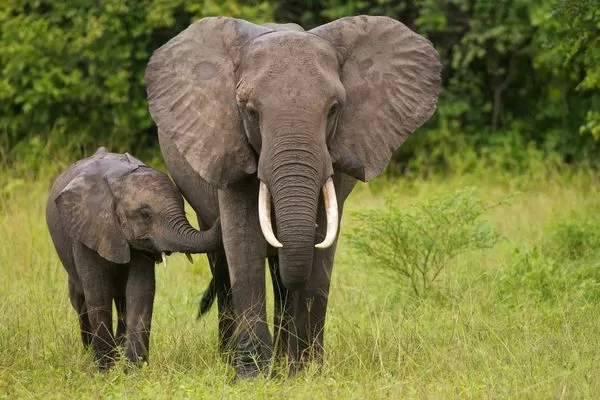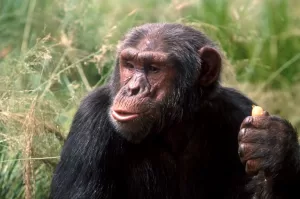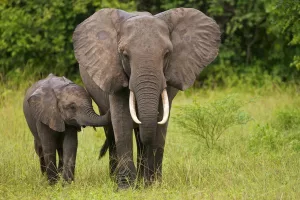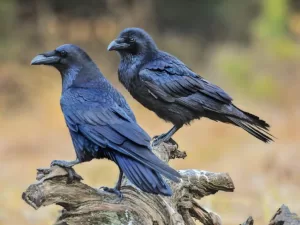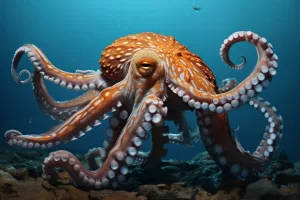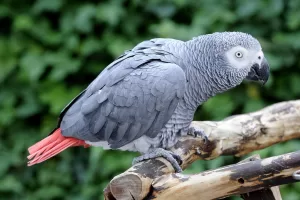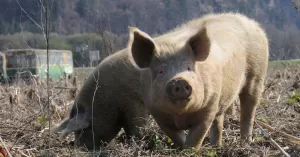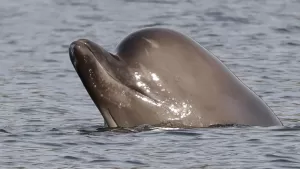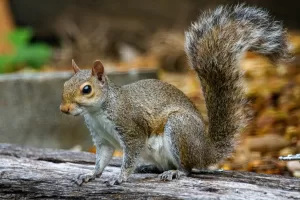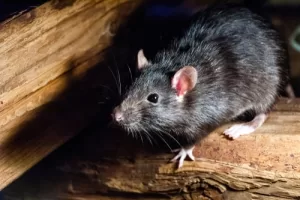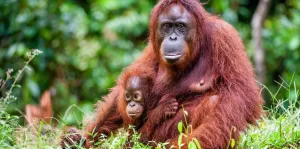1. Dolphins
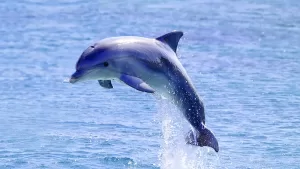
Dolphins are often heralded as one of the smartest animals, and for good reason. Their intelligence is evident in their complex social structures and sophisticated communication methods. Known for their playful nature, dolphins use a series of clicks, whistles, and body movements to communicate, demonstrating advanced social behaviors.
Remarkably, they employ echolocation to navigate their environment, a skill that not only showcases their sensory perception but also their complex cognitive processing. Research indicates that dolphins can solve problems, perform tricks, and even recognize themselves in mirrors, suggesting a level of self-awareness that places them among the most intelligent creatures on the planet.
2. Chimpanzees
As our closest genetic relatives, chimpanzees share about 98.8% of their DNA with humans, making their intelligence particularly noteworthy. They are often regarded as the second most intelligent species, following humans. Studies estimate their IQ to be comparable to that of a human toddler, ranging between 20 and 25.
Chimpanzees are adept tool users, employing sticks to extract termites and stones to crack nuts. They also demonstrate a capacity for cultural transmission, teaching these skills to younger members of their groups. Additionally, chimpanzees exhibit self-awareness by recognizing themselves in mirrors and navigating complex social relationships, highlighting their advanced cognitive abilities.
3. Elephants
Elephants are renowned for their impressive memory and emotional intelligence, encapsulated in the saying, “an elephant never forgets.” They can remember the locations of water sources and recognize individual humans and other elephants even after long separations. Their intricate social structures are built on deep familial bonds, and they demonstrate empathy by comforting distressed companions.
Elephants have been observed using tools, such as branches to swat flies or to dig for water, showcasing their problem-solving abilities. Their emotional depth is further revealed through behaviors such as mourning their deceased companions, emphasizing their complex social dynamics.
4. Crows and Ravens
Crows and ravens, members of the corvid family, are celebrated for their remarkable problem-solving skills and adaptability. These birds can fashion tools, like bending wires to create hooks for retrieving food, and they have demonstrated the ability to plan for the future.
Crows can understand cause-and-effect relationships and even recognize human faces, indicating their advanced cognitive capabilities. Some experts compare their intelligence to that of a seven-year-old human child. Their ability to communicate complex concepts and cooperate in groups further exemplifies their high level of intelligence.
5. Octopuses
Octopuses are fascinating creatures renowned for their intelligence and problem-solving skills. They possess the largest brain of any invertebrate, with a significant number of neurons located in their arms, allowing for sophisticated movement and decision-making. These intelligent beings can escape enclosures, navigate mazes, and use tools, demonstrating an impressive capacity for learning and memory.
One famous octopus, named Otto, even displayed behavior by throwing rocks to short out aquarium lights. Their complex nervous system supports behaviors that suggest high cognitive capabilities, making them standout creatures in the animal kingdom.
READ ALSO: 5 Car-free Cities in the World
6. African Grey Parrots
African Grey parrots are celebrated for their extraordinary vocal abilities, but their intelligence goes well beyond mimicry. These birds can understand context and use words meaningfully in conversations, showcasing advanced cognitive skills. They are capable of solving puzzles and answering questions, displaying a level of problem-solving ability that many other birds lack.
Studies have shown that African Grey parrots can learn a remarkable number of human words and utilize them in context, making them comparable to young human children in terms of cognitive understanding.
7. Pigs
Pigs are often underestimated regarding intelligence, yet they possess remarkable cognitive abilities. They can solve complex mazes, understand symbolic language, and demonstrate emotional depth.
Research has shown that piglets can grasp the concept of reflection at a younger age than humans, allowing them to locate hidden food using mirrors. Pigs have also been observed playing video games with joysticks, showcasing their capacity for abstract thinking and learning. Their impressive memory enables them to recognize individual humans and other pigs, highlighting their social intelligence.
8. Bottlenose Whales
Bottlenose whales exhibit high intelligence similar to dolphins. They communicate through a range of vocalizations and have been observed cooperating during hunts, demonstrating advanced social behaviors. Their ability to form strong social bonds and engage in cooperative behaviors showcases their cognitive sophistication. Research indicates that these whales possess problem-solving skills and can recognize themselves, reinforcing their status as one of the smartest animals in the ocean.
9. Squirrels
Squirrels may appear as simple rodents, but they display remarkable intelligence, especially in their memory and problem-solving skills. They excel in planning and organizing when it comes to food storage, often burying nuts and seeds in various locations to thwart potential thieves.
Squirrels possess an impressive spatial memory, allowing them to recall the locations of their caches with great accuracy. Moreover, they have been observed employing cunning strategies, such as creating false caches to mislead other animals, indicating a level of strategic thinking and awareness of their surroundings.
10. Rats
Rats are often unfairly maligned but are highly intelligent creatures with significant problem-solving abilities. In laboratory settings, rats have demonstrated their aptitude for navigating mazes, showcasing their learning capacity and adaptability. They exhibit strong social intelligence, displaying empathetic behaviors towards distressed peers.
In urban environments, rats have developed sophisticated survival strategies, highlighting their ability to adapt to various habitats. Their cognitive flexibility and practical intelligence make them one of the most underrated intelligent species.
11. Orangutans
Orangutans are incredibly intelligent and exhibit a unique culture and communication system. These great apes are known for their problem-solving abilities and tool usage in the wild. They can weigh the costs and benefits of exchanging goods, similar to humans.
In studies, adult orangutans have even outperformed human children in making and using tools. Their strong social bonds and long-term relationships with their young play a crucial role in their cognitive development. Unfortunately, orangutans are critically endangered, with only about 100,000 individuals left in the wild.
12. Dogs
Dogs, often celebrated as “man’s best friend,” showcase a remarkable level of intelligence. Their ability to understand human gestures and emotions makes them exceptional communicators. Trained for various tasks, from guiding the visually impaired to detecting medical conditions, dogs exhibit impressive problem-solving skills.
Research has shown that dogs have a greater number of neurons in their cerebral cortex than cats, suggesting a cognitive advantage. Their loyalty and adaptability in different situations underscore their intelligence and deep connection with humans.
Conclusion
The animal kingdom is filled with extraordinary creatures that exhibit intelligence in a multitude of ways. From the playful dolphins and clever chimpanzees to the resourceful crows and intriguing octopuses, these twelve animals challenge our conventional understanding of intelligence.
By appreciating their unique skills and behaviors, we gain insight into the complexities of the natural world and the diverse forms that intelligence can take. Whether through social interactions, problem-solving abilities, or emotional connections, these animals remind us that intelligence exists in many shapes and sizes, broadening our perspective on cognition beyond the human experience.

